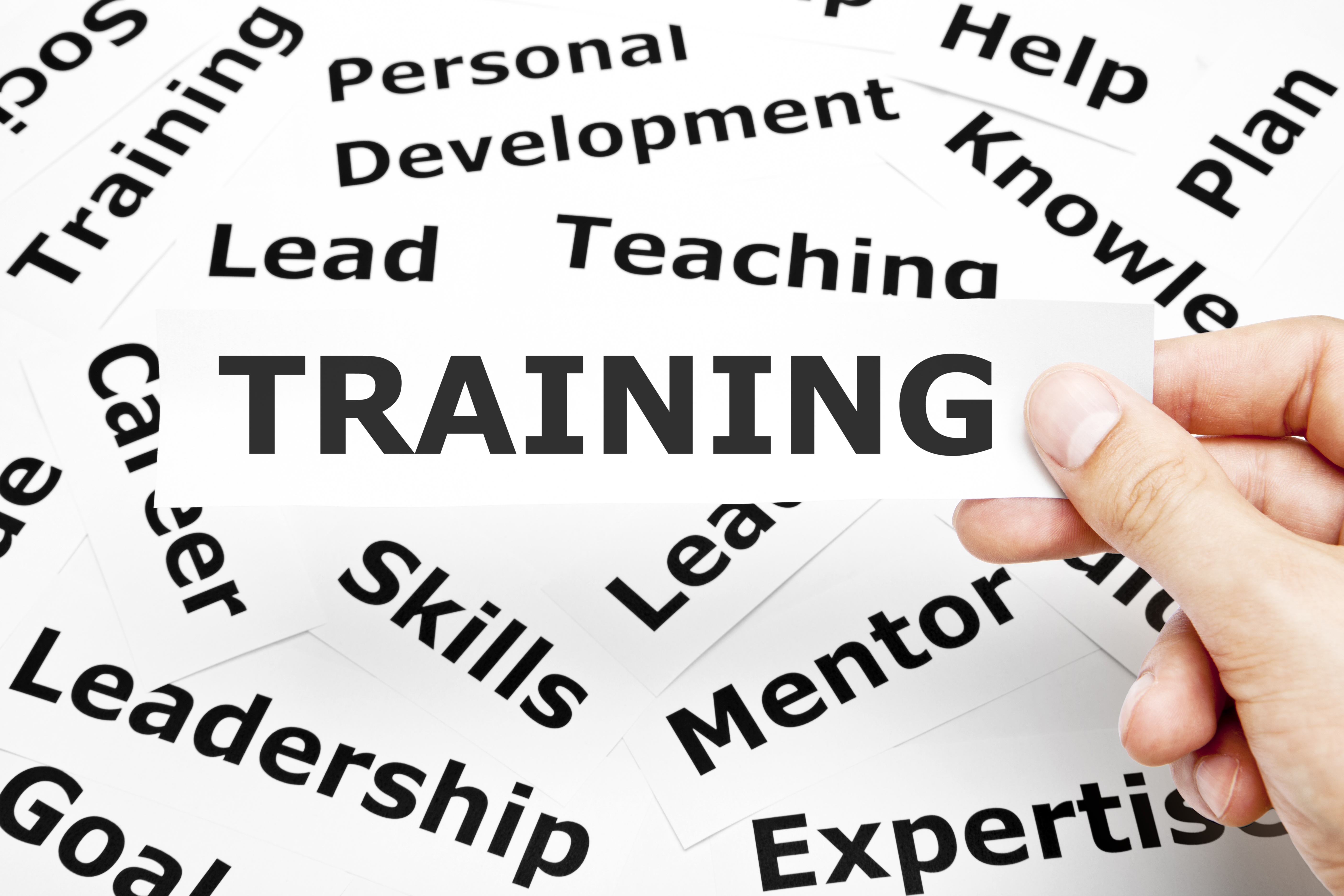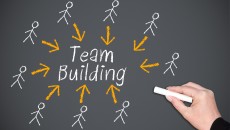In a very competitive market environment, organizations are undergoing major disruptive change strategies. Re-evaluating their business model, shifting their core goals and objectives to new perspectives and looking for new growth opportunities or evolving to the new customer’s needs. The change will systematically include establishing new processes and moving the workforce cursor of focus to the new vision.
Once the new strategy is defined, it’s time for the company to apply the change and establish the new processes. The organizational implementation and execution of change might be a challenging exercise. Leading a changing organization is a demanding, time-consuming process and mechanism.
To ensure smooth transition, the training function in the front line should be very sensitive to the organizational change execution. I genuinely believe that the L&D function should play a crucial role in leading the employees and workforce through the new direction and vision that the company is aiming to reach.
At the employee level, change is not often welcomed with open arms, David Rock and Jeffery Schwartz describe change as a pain: “Organizational change is unexpectedly difficult because it provokes sensations of physiological discomfort.”
Most employees perceive change with a negative eye, as change usually means they need to adapt to new requirements, overcome new barriers and move on from the comfortable status quo they were familiar with. The L&D function role comes first when introducing the change to the employees. Facilitating change requires engaging staff at all levels.
Let’s agree that productivity, performance and innovation are much higher when employees are directly aligned and understand the business strategy and goals, instead of doing just what they have to do because their boss asked them to do it. The challenge of Organizational Change doesn’t subsist only on changing the process and the structure, or shaking the departments or mechanisms and structure, but also in supporting employees and staff at all levels to adhere to the new vision and adapt the new practices. That’s why when introducing change to employees, it’s important for trainers to focus on the 3 crucial questions that most of the employees are asking.
- Why the company is changing now: Training here has to cover the needs of the organization to shift to a new strategy and what opportunities the new vision should bring, i.e. “customers’ needs have changed, they are looking for different services, or competition has changed…etc.”
- What kind of change is needed: The training should explain what processes should change, and where employees are directly concerned about the change, what they should do differently i.e. “we need to change the way we approach our customers.”
- How and where to apply change: The role of the training in this part is to the define the ABC overview of the change at the employees level, how does the employee contribute effectively into the new strategy i.e. “let’s stop approaching customers through the XYZ framework and start the new Sigma process.”
While answering these questions, the L&D will have to focus on exposing the organizational change as an opportunity for employees to develop by gaining new competencies and skills. Change is not only a strategic and necessary disturbance of a status quo to enhance the organizational performance, but also to move employees development to another level and open doors for innovation, opportunities and new ideas.
Now that the employees are well briefed on the new organizational strategy and business line, L&D should move to the execution process and follow up. Along the change curve the training role will be mainly to monitor and lead the transition until the entire workforce is committed to the same goal and all the organization’s energies are combined to serve the new one vision. Focus on 3 major objectives:
- Accelerating the change transition: Once the transition takes place, on a higher-level L&D is always challenged to demonstrate the value of the new training practices. Senior Managers and executives are expecting to start seeing the impact of the training in terms of numbers and training ROI. It is important also to involve seniors and line managers in the training program development process to emphasize how training initiatives are linked to the company’s new strategy and request further support when needed.
- Identify and reduce negative consequences: The L&D function has to escort employees during the transition by identifying the implementations gaps, handling resistance, and readjusting misinterpretations or incomprehension of the new processes. Some employees can find real difficulties to put in the new company’s hat. After years of training and working with the same dynamics, training has to replace the old work practices and rebuild a new culture, not only by progressive training, but also by listening to employees and collecting their feedback throughout the whole process.
- Focus on learning more than training: Learning is not a day event, it’s a process. Do not expect employees to wake up the next morning and start religiously applying the new strategy directives as it was delivered to them. Trainers should facilitate the same message again and again during classroom sessions, transforming new best practices to standard ones. In addition to the training, focus on coaching and monitoring employees on the job to drive the change from within. Push employees to innovate, ensure employee’s initiatives are aligned with the new strategy and prioritize on the knowledge, skills and attitudes needed to move quickly towards the new vision of the company.
In a Disruptive Organizational change, the L&D role is to connect the organization’s capabilities and synergies to the new environment and conditions, linking them to growth opportunities and progression. Involving L&D in building the new business culture is absolutely essential to ensuring a successful change transition that will lead to a meaningful business impact.






